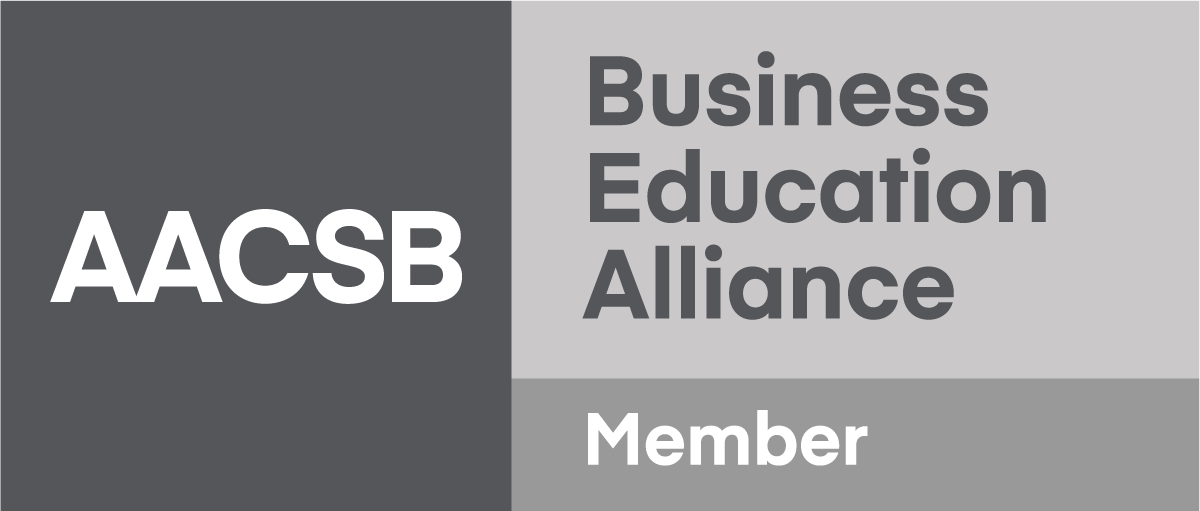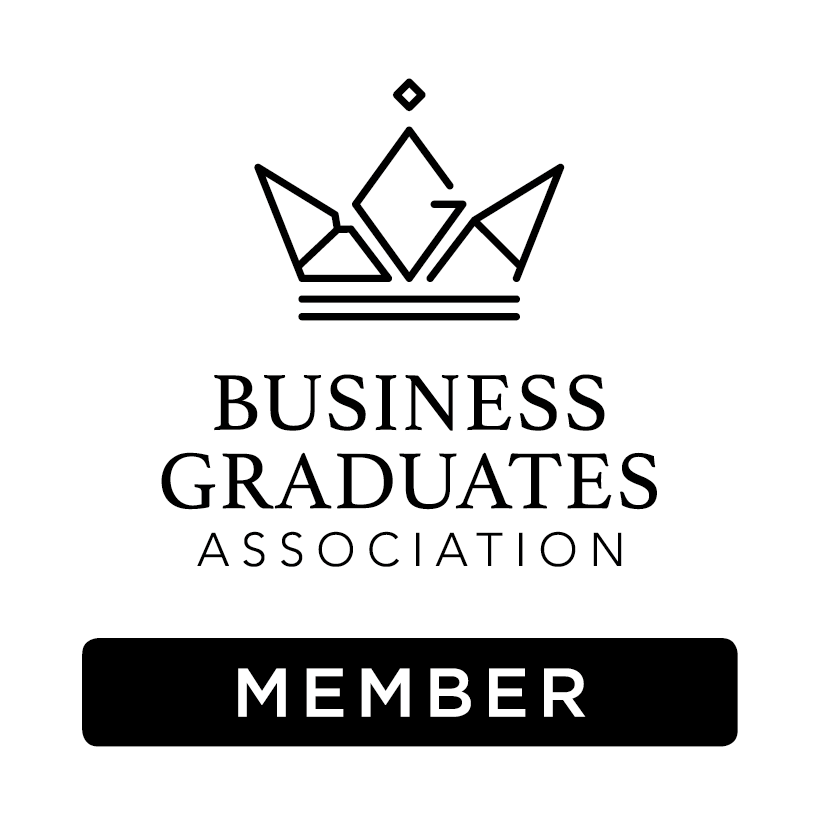Andrey Kolyada, who is the rector of Eurasian Management and Administration School (EMAS Business School), invited me to become a member of the examination board to evaluate the graduation projects of MBA, Executive MBA and DBA students. Previously I was the member of the examination board and evaluated the graduation projects of MBA students at 3 business schools. The first two business schools were two leading schools of a classical type. They are still in the top 5. The third school adhered to the blended-learning format and was based on the traditions of British business education. I’d like to make it clear right away: the presentation of graduation projects at EMAS is completely different from what I’ve seen before.
The first thing that immediately catches attention is that the presentation of the graduation projects at EMAS does not look like a typical presentation with beautiful pictures and diagrams showing growth and quite easy questions of the members of the examination board. In fact, it has a strong resemblance to an extended version of an exam where EMAS students are supposed to demonstrate knowledge with the help of specific figures and facts. “Open the Excel file,” demands the rector, “Show me your budgeting within the framework of the pessimistic scenario!” Or “Explain to me why you place great emphasis on the sixth cluster when the third cluster is free.”
The second thing that strikes the eye is the scope of analysis that EMAS students are expected to carry out: market clusterization and the analysis of competitors on the basis of a share, volumes, prices, profitability, etc. This detailed information allows EMAS students to make a valid conclusion about the future development of a business. Sometimes they come to a conclusion that their current businesses are not profitable and that they should be closed down. Such a conclusion makes the EMAS administration glad just like EMAS students’ conclusions about the necessity to extend a sphere of influence because it allows entrepreneurs to avoid unnecessary costs and gives them the opportunity to focus on a new task.
It is possible to say that all decisions of EMAS students connected with their projects have solid financial foundations. This is how it should be in business. The graduation projects of EMAS students are not about general recommendations on the necessity of some investments, some extension of sales areas or a transition to a matrix-like organizational structure. Everything should be calculated. The graduation projects of EMAS students should contain information about financial indicators of all three scenarios (from the pessimistic scenario to the optimistic one). When it comes to an organizational structure, which is one of the things that many business schools attach great significance to, EMAS also uses a more progressive approach that goes beyond determining its most appropriate type. EMAS students analyze the corporate culture health of their companies and come up with a KPI for each parameter.
The members of the examination board have the results of the preliminary presentation of graduation projects that include a detailed list of all the disadvantages of each graduation project. This is completely different from formal recommendations of scientific supervisors that precede the presentation of graduation projects at many other business schools – “The graduation project fully complies with the requirements of the MBA program and the MBA degree can be conferred on the author of the graduation project.” EMAS students cannot know for sure whether they will be able to get a degree. An approach to evaluating graduation projects is also impressive. Some students can get failing grades for their projects. However, such students have the opportunity to improve their projects and present them once again. Undoubtedly, EMAS students do it not because of a grade itself. The EMAS administration and EMAS students want to be confident in the quality of acquired knowledge. Nobody is treated with indulgence. Even the EMAS business coach who was presenting their DBA graduation project was given a good mark (not an excellent mark) because of a minor mistake. Two indicators were given discretely and not on an accrual basis.
It’s possible only to support the principled approach of EMAS to the quality of knowledge of its graduates. Unfortunately, this is not a ubiquitous phenomenon when it comes to Russian business education. It still hasn’t completely eliminated the complacency, which is characteristic of universities, in their work. “Our low-performing students are better than honors students of other business schools”, says Andrey Kolyada to his students. After I spent 5 hours watching EMAS MBA students presenting their graduation projects, these words of the EMAS rector do not seem exaggerated to me.






 © 2009-2024.
© 2009-2024.